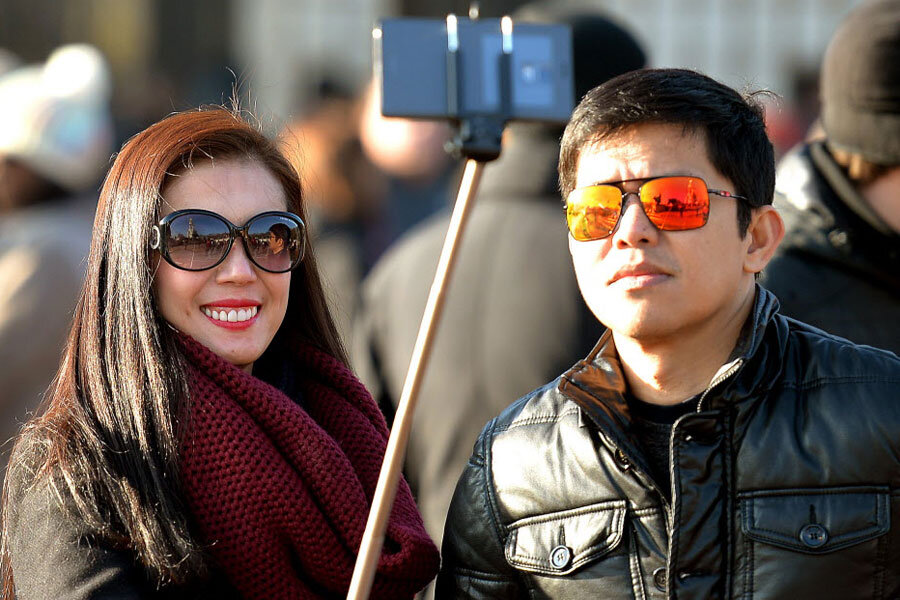World to tourists: Leave the selfie stick at home
Loading...
"Selfie sticks" have now been banned at a French palace and a British museum, joining a growing list of global tourist attractions to take such measures.
The devices are used to improve snapshots, but critics say they are obnoxious and potentially dangerous. Officials at Palace of Versailles outside Paris, and Britain's National Gallery in London, announced the bans Wednesday, saying they need to protect artworks and other visitors.
Other places that have put limits on the selfie-stick craze:
FRANCE
Unlike Versailles, the Louvre and Centre Georges Pompidou art museums have not banned selfie sticks — yet. The Pompidou — the contemporary art museum whose exterior of colorful tubes and scaffolding looks like a building turned inside out — is studying what, if anything, needs to be done about the phenomenon, Le Monde reported.
Musee d'Orsay, which houses an Impressionist art collection, bans not just selfie sticks, but any photography whatsoever.
ITALY
Rome's Colosseum banned selfie sticks last month as a security measure, both for the objects on exhibit inside and for the 16,000 daily visitors to the 2,000-year-old monument.
"The twirling around of hundreds of sticks can become unwittingly dangerous," Colosseum spokesman Christiano Brughitta said.
Two American tourists were arrested last week after carving their names into the Colosseum's wall — and then taking a photo with a selfie stick.
UNITED STATES
The Smithsonian museums in Washington banned selfie sticks last week. Cameras and pictures are still allowed, but selfie sticks, tripods and monopods are not. Smithsonian officials say this is a preventative measure to protect visitors and museum objects.
Other U.S. museums that ban selfie sticks include the Art Institute of Chicago, the Detroit Institute of Arts, and New York's Museum of Modern Art and the Metropolitan Museum of Art.
AUSTRIA
Vienna's Albertina, one of the city's top art museums, prohibits selfie sticks. Museum spokeswoman Sarah Wulbrandt says visitors must check-in the sticks before entering.
BRITAIN
Besides the National Gallery, some English soccer teams have banned the selfie stick from their stadiums.
The National Portrait Gallery, adjacent to the National Gallery, says the sticks are allowed, but "anything that may prove disruptive is reviewed on an ongoing basis." The British Museum is "currently reviewing" its selfie-stick policy.
Some art-lovers praised the idea of a ban.
"If you go into an exhibition, surely the purpose is to see what is on show and not to take umpteen photographs of yourself?" said Bill Doig, a retired doctor visiting the National Portrait Gallery.
BRAZIL
Soccer stadiums in the South American country have also banned selfie sticks because of their potential use as weapons in fights between rival fans, police say. Selfie sticks were also banned from Brazil's recent Carnival parades in Rio de Janeiro.







